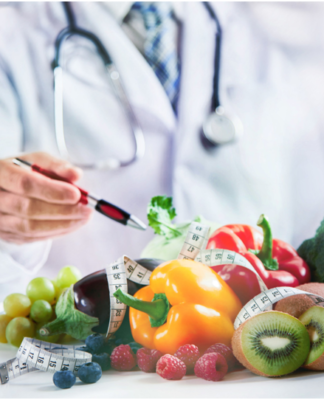Did you know that failure is quite common when launching an app? App success after mobile app development is more unheard of than the opposite. There’s an app for just about everything, and many companies have their own apps—for internal or external use.
At least 99.5% of consumer apps fail. In truth, less than 0.01% of apps are successful in terms of consumer-based development. Unfortunately, 87% of apps for businesses also fail.
Your app might be within this statistic if you don’t focus on performance.
Identifying and working with insights on your app operation can help with this. Each aspect of app performance has its challenges and nuances, which we explore below.
Keep reading as we dive deeper into the essential factors that your app performance should revolve around.
User Session Duration
User session duration is the time a user stays on your app. This is another crucial aspect of your app performance to look at. You want your users to stay on your app as long as possible.
This will help increase your app’s engagement rate. This could also result in a positive app review increase, leading to more installations.
Once you analyze the data for your user session duration, you can begin to scrutinize it to see where your app is falling short. This could help to optimize your app’s performance.
Active Users by Day
Did you know that after only three days of an app being installed, it loses 77% of its daily active users? Avoiding this issue is crucial for success and improving app performance is one way to help deter the issue.
Functionality and Speed
Functionality and speed are two of the most critical aspects of your app’s build. If your app isn’t functioning as it should be, then it’s not helping anyone and might as well not exist if you think about it.
If you create an app and don’t run performance checks periodically, how would you know if it lags, crashes, or functions with your initial intent? Many professionals decide to use a service like builder.ai to make this easier to navigate.
Optimizing Your App UX and UI
User experience (UX) is how your user interacts with your app. User interface (UI) is what your user sees and interacts with. Your app’s UX and UI can significantly impact user retention and satisfaction and should follow the latest app trends.
If your app has a clunky or confusing user interface, users won’t use it as much. The average app retention rate is about 48% after one month, and two of the biggest app design mistakes when developing mobile apps are poor feedback and inconsistency.
Mobile App Development and Your Rate of Engagement and Retention
Engagement and retention rates are key metrics to track when optimizing your app. This will help you determine how often users return to your app, how long they stay on it, and what features they use.
You can use this information to make changes or add new features that keep users engaged with your app.
High-performing apps may see a retention rate that ranges from 32% to 66%. Without changes to the app, you’ll likely see a drop in this percentage.
Getting the Most From Your App
An app is a gateway to your products or services. And while mobile app development can seem challenging, it doesn’t have to be.
Builder.ai is the most simple and intuitive way for entrepreneurs and business entities to create what they want for their clients, customers, and employees. Apps are ways to display and deliver services, promotions, and product launches.
You don’t need any technical knowledge or background, just an idea. To start your project today, check out a demo of our solutions.













